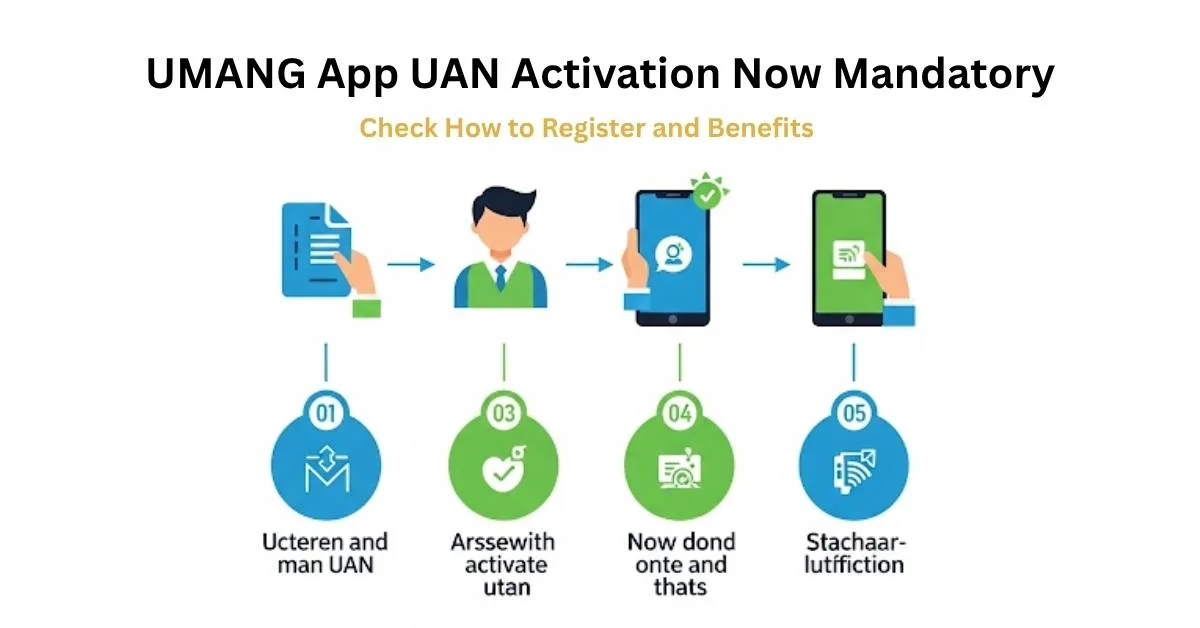RBI repo rate unchanged 5.5% today, with inflation at 2.1% and GDP outlook at 6.5%. Learn how this affects your home loan, FD rates, and more.
The Reserve Bank of India (RBI) decided to keep the repo rate unchanged at 5.5% after its latest monetary policy meeting. The decision reflects a cautious stance amid global uncertainty and rising US tax rates. Despite low inflation, the RBI maintained a neutral policy stance, giving the economy time to digest the earlier rate cuts.
Key points of RBI’s decision
| Metric | Details |
|---|---|
| Repo Rate | 5.50% |
| Policy Stance | Neutral |
| Inflation (June) | 2.1% (6-year low) |
| Inflation Forecast | 3.1% for FY26 |
| GDP Growth Outlook | 6.5% for FY26 |
| Rate Cuts So Far | 100 basis points in 2025 |
After a cumulative 1% rate cut earlier this year, the RBI’s decision is a deliberate one.
Why did the RBI hold rates?
- US 25% tariff on Indian exports adds to global uncertainty
- Inflation remains low but may pick up in second half of year
- Central bank wants to see full impact of previous rate cuts
- Neutral stance gives flexibility for future policy adjustments
The cautious approach underscores RBI’s commitment to managing both inflation and growth amid external challenges.
Impact on loans and borrowers
Existing borrowers get temporary relief:
- Home loan and car loan EMIs remain unchanged
- Banks use external benchmark-linked lending rates, so there is no immediate change
- Flat personal loans remain unaffected
Borrowers may soon see the benefit of previous rate cuts, as transmission from banks is taking effect.
Impact on investors and depositors
- Fixed deposit (FD) rates likely to be cut in coming weeks
- Investors may look to lock in higher FD rates before they fall
- Bond yields rise after policy announcement
- Stock markets react cautiously; Sensex, Nifty fall marginally
Experts say
Economists offer balanced views:
- Some expect 25-50 bps cut by end-2025
- Global risks and inflation outlook urge caution
- Analysts agree that neutral stance allows RBI to act efficiently if conditions change
RBI’s message remains: Inflation control remains a priority but growth support is also needed.








